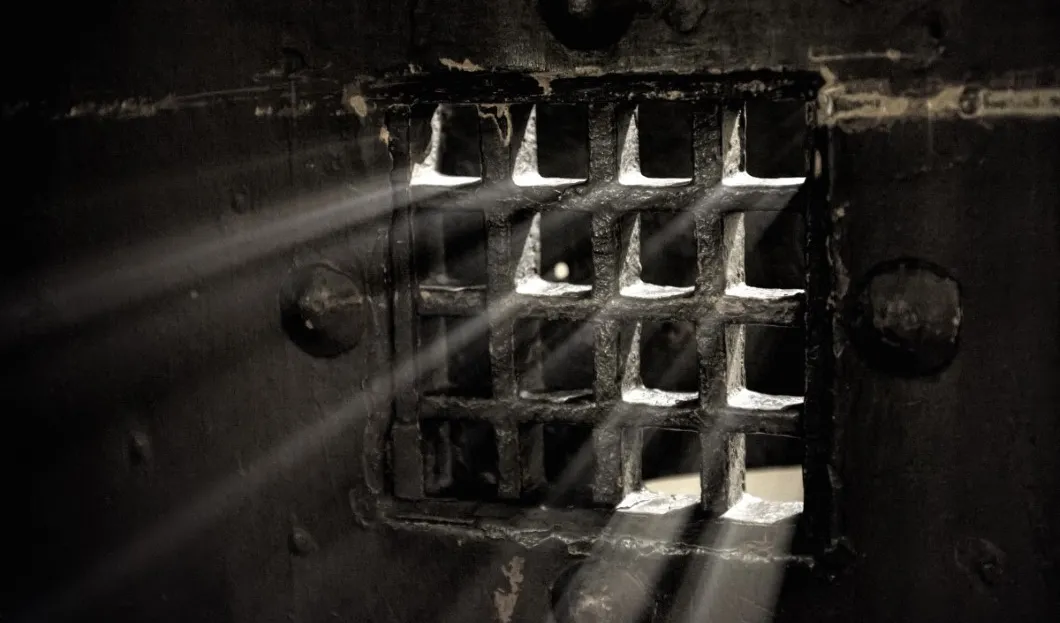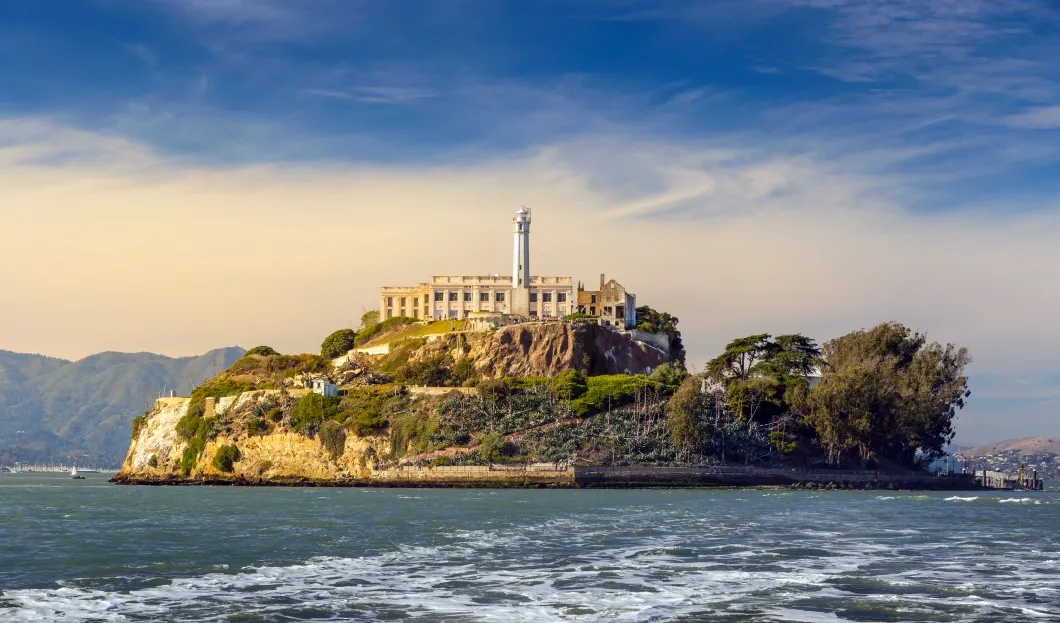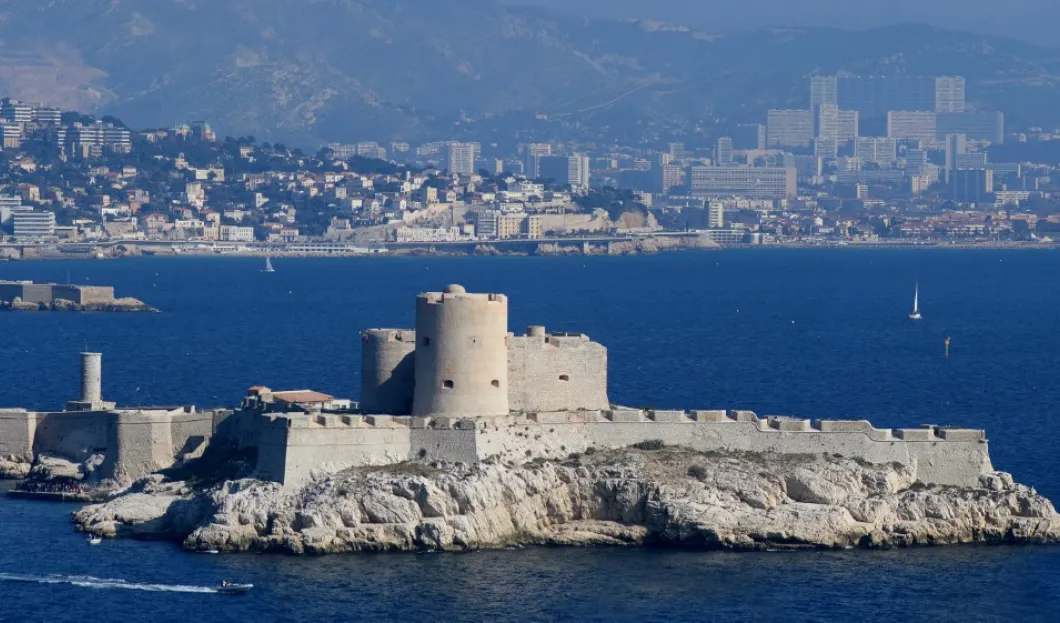Those visiting the city of San Francisco can take a ferry (at Pier 33, located near the Fisherman's Wharf) and tour the Alcatraz Island. The prison is one of the main tourist attractions in the region and one of the best-known historic prisons. The Alcatraz Island encompasses a total of 22 acres in the center of San Francisco Bay. Every year, it attracts more than 1.4 million visitors anxious to explore the terrifying cells of the most famous prison in the world.
It was used for only 29 years, but in its short history, Alcatraz hosted famous inmates such as Al Capone, one of the most famous mobsters of the twentieth century, or Machine Gun Kelly, the most wanted criminal in California.
Despite there were many escape attempts (14, to be exact), only one of these was successful: the escape of Frank Morris, John Anglin and Clarence Anglin: an event which was years later turned into a film, starring Clint Eastwood.













